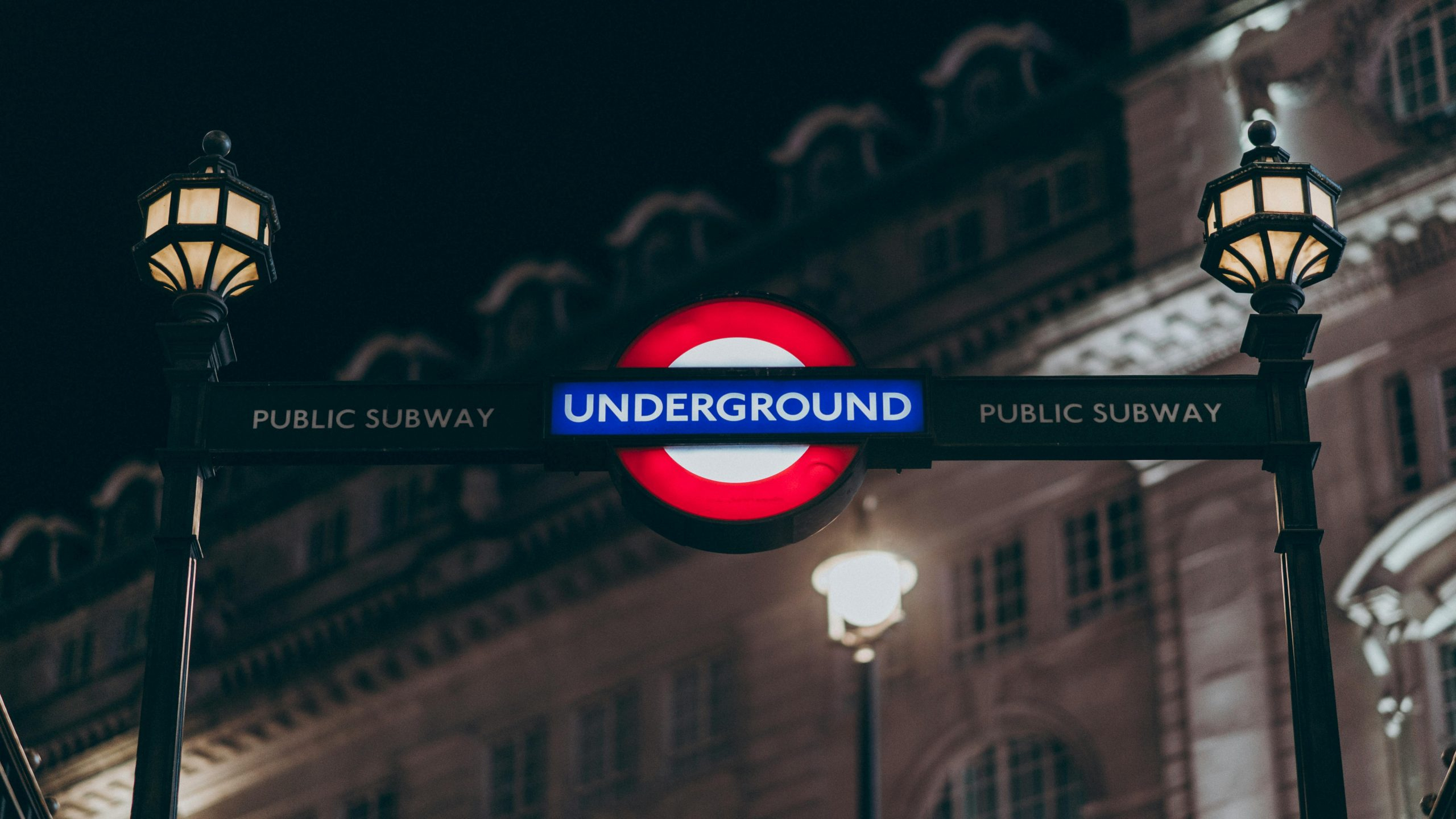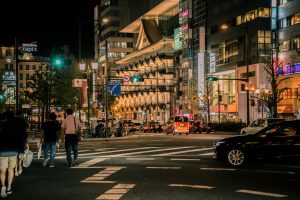Post-Fire Rebuilds: Navigating Insurance and Eco-Code Upgrades
Dealing with the aftermath of a fire can be an overwhelming and daunting experience. The destruction caused by flames, smoke, and water not only damages physical structures but leaves an emotional toll on homeowners. However, when the flames are extinguished, and the firefighters have left, the process of rebuilding begins. In the wake of such devastation, homeowners are often left to navigate through the complex world of insurance policies and eco-code upgrades. In this article, we will discuss important tips and information for homeowners on how to successfully rebuild after a fire, while also considering eco-friendly options and complying with building codes.
Understanding your Insurance Coverage
One of the first steps to take after a fire is to contact your insurance company and file a claim. Your insurance policy will determine the extent of coverage and the amount of compensation you are entitled to. It is important to review your policy carefully and understand what is covered and what may not be. Most policies cover damages caused by fire, smoke, and water from firefighting efforts. However, certain damages, such as mold, may require a separate policy.
Documenting the Damage
Before beginning the rebuilding process, it is crucial to document any and all damages caused by the fire. This includes taking photos of the affected areas and making a detailed inventory of all damaged items. This documentation will be necessary when filing a claim with your insurance company. It is also helpful to keep any receipts or records of recent repairs or upgrades to your home as this may also impact your coverage.
Working with Contractors and Building Permits
After a fire, homeowners may feel pressured to rush into rebuilding their home as quickly as possible. However, it is essential to take the time to research and carefully consider the contractors you choose to work with. Look for reputable contractors who have experience in fire damage restoration and make sure to obtain multiple quotes. It is also important to ensure that the contractor is fully licensed and insured.
In addition, homeowners should be aware of any building permits that may be required for the rebuild. Building codes may have changed since the original construction of your home, and it is important to comply with any new regulations. Failure to obtain proper permits and comply with building codes can result in costly fines and even delays in the rebuilding process.
Considering Eco-Friendly Options
While the focus after a fire is generally on rebuilding and restoring the home to its original state, it is also an opportunity for homeowners to consider making eco-friendly upgrades. These upgrades not only help reduce the carbon footprint but can also save on energy costs in the long run.
Some eco-friendly options to consider include using sustainable and renewable materials for rebuilding, installing energy-efficient appliances, and implementing a solar power system. These upgrades not only benefit the environment but can also add value to your home.
Navigating Eco-Codes and Incentives
In recent years, there has been a focus on implementing eco-codes and regulations in building construction. These codes typically require homes to meet certain energy efficiency standards. Homeowners may also be eligible for various incentives and rebates by implementing eco-friendly upgrades in their rebuild, such as tax credits and lower insurance rates. It is important to research and consider these options when planning the rebuild.
Conclusion
Rebuilding after a fire can be a long and complex process, but with the right information and resources, homeowners can successfully navigate through it. It is crucial to understand your insurance coverage, document all damages, work with reputable contractors, and comply with building codes. In addition, considering eco-friendly options not only benefits the environment but can also add value to your home. With proper planning and guidance, homeowners can rebuild their homes stronger, safer, and more sustainable after a fire.











